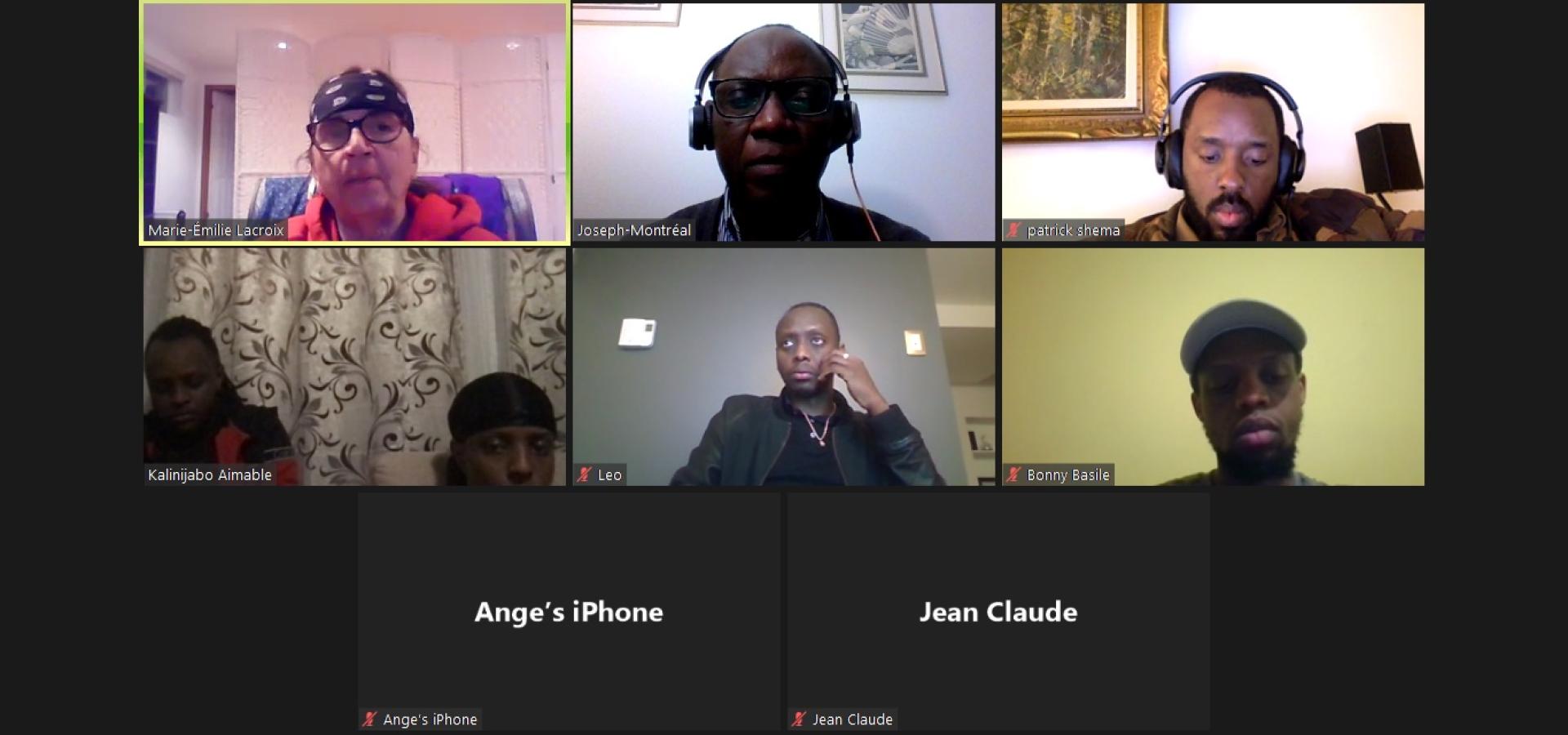Our recent Monthly Young Adults Dialogue which took place on March 11th touched on the reality of Indigenous people in Canada. This dialogue was an opportunity for the participants to bring forward any questions they had regarding Indigenous people since not many of us really comprehend or are fully educated on the past and present problems that Indigenous people faced and still face till this day.
Our presenter for this meeting was Marie Émilie Lacroix, an Innu native of Mashteuiatsh Quebec, who lives on the south shore of Quebec City. The first subject that was brought during our dialogue was regarding housing. Ms Lacroix explained how hard it is for Indigenous people to own or even build houses of their own since all houses within the reserves are government owned and that the only way an Indigenous person can be able to afford a house of their own is if they have a great profession that comes with a very good salary.
She also touched on a subject that was very surprising and truly disturbing to hear. The situation pertains to a small Indigenous village named Kitcisakik which, for 40 years and until this present day, unfortunately has no immediate access to water or electricity because of the simple fact that they never wanted to be subjected to the government rules and regulations that were being pushed upon them. Consequently, the inhabitants of that village got punished by being deprived of basic human needs such as access to clean water. In a country that is economically advanced such as Canada, situations like these should never be allowed to happen.
She expanded the conversation by touching on reasons why the government would benefit from removing Indigenous people from their territories. She continued by mentioning the cards the government hands out to validate that people are truly Indigenous and that they are living on the reserves, the daily life inside the reserves and the myths surrounding them, the way Indigenous children were forced to attend boarding schools very far away from their homes and families, etc.
After that, we proceeded with talking about colonization. She laid out the 3 steps that every colonizer uses to submit a people which are: 1) finding a loophole in their society, 2) putting their traditions aside to make them follow the new master, 3) and then finally separating to conquer by- breaking families and communities apart from the inside. By trying to “civilize” the Indigenous people, colonizers broke families apart, stole land, and passed laws that restricted the use of land and bodies of water and prohibited Indigenous people from continuing their customs and traditions.
Throughout the meeting, there was a lot of listening and learning from what Ms Lacroix shared because the information she shared was new for most of the participants at the meeting. At the end of the dialogue, the participants committed to individually do more research on their own in order to gain a better understanding of the past and present reality from the perspective of Indigenous people and then possibly gather around again in the future to have another open conversation regarding the subject.
Aimable Kalinijabo
